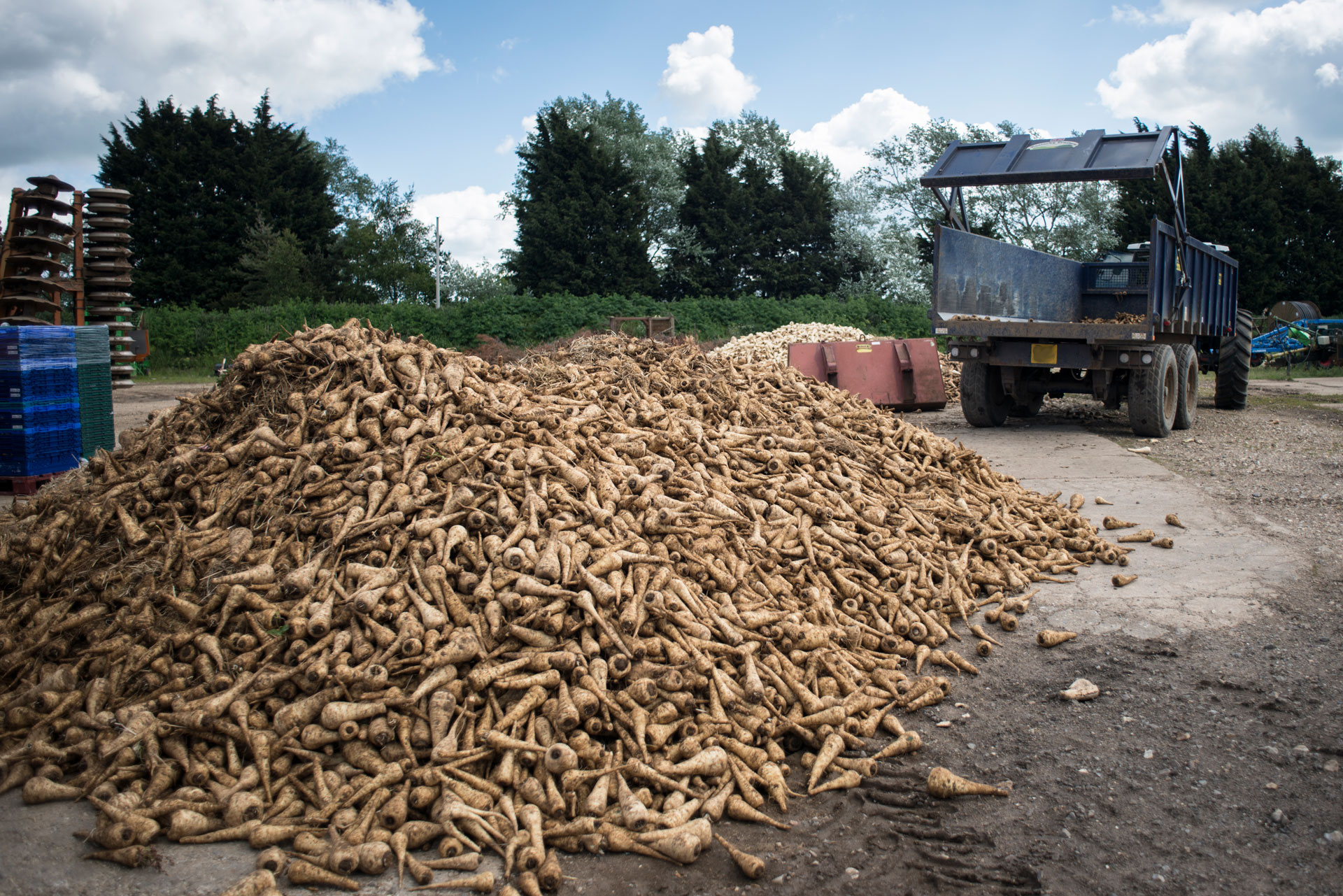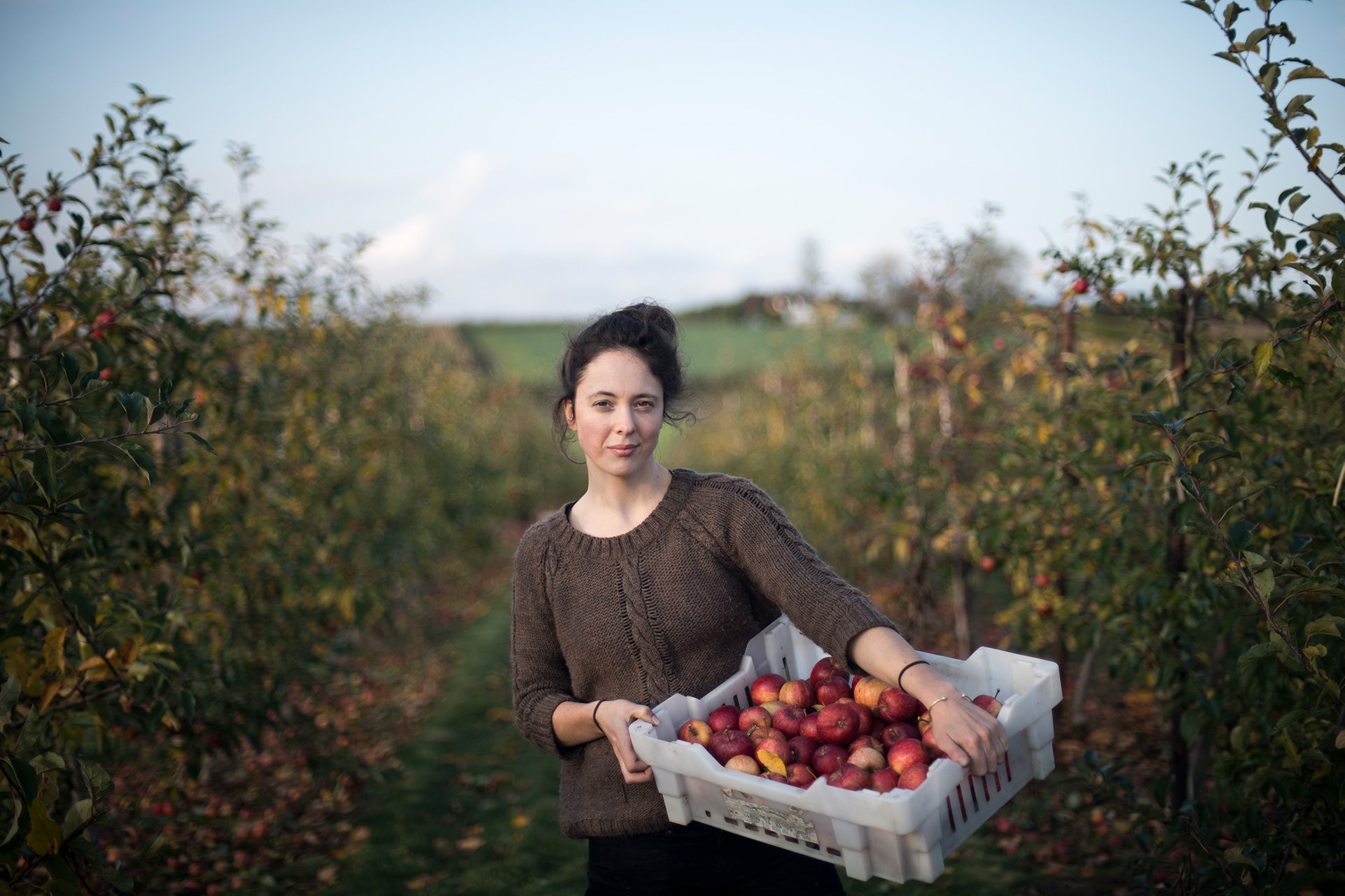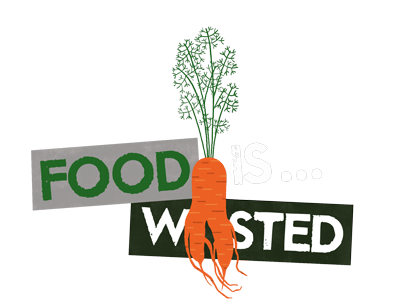
We all have a role to play when it comes to the issue of food waste — even what occurs outside of the household — but how do we take action against something we cannot always see?
When we think of food waste, we tend to think about what we ourselves are throwing away — that half-eaten burger, that bag of unopened salad leaves forgotten at the back of the fridge. And for good reason — we can see it, and we feel the sense of guilt and shame when we throw it in the bin. But we’re also reminded of food waste through supermarket and government- or council-funded initiatives — where the spotlight is also firmly placed on the household.
Current statistics, used to justify the focus on us, seem to validate this view. In its report on food waste in the UK, the government-funded non-profit organisation, WRAP, claims that more than 70% of the waste produced comes from the household — 70% of which is edible. What isn’t always apparent is that those statistics only relate to what happens beyond the farm gate, and so doesn’t provide a complete picture. What happens on the farm stays on the farm.

There has been some attempt to put a figure on what gets wasted on the farm — a report by the UN’s Food and Agriculture Organisation in 2013 claimed that 20% to 40% of fresh produce was wasted for cosmetic reasons alone. However, even this is likely to be a conservative estimate, due to the lack of up-to-date, comprehensive and complete data available. I’ve witnessed field after field of crops being left unharvested. It’s shocking to see, but from the farmer’s perspective it must be incredibly frustrating, disheartening, and economically devastating — to devote so much time and energy into nurturing the plants, only to have to let them rot into the ground.
But, apart from farmers’ wellbeing and livelihoods, why should we be concerned about farm-level food waste? Surely the farmers can just plough produce back into the ground, or let it fall from the trees, and fertilise the soil or the tree roots? Well, they can, and they all too often have to. However, not only does this fail to replace all the nutrients taken from the soil, but it also wastes all the resources that were embedded in that food — the fuel, the labour, the water, the fertilisers, and everything else used to grow it — just as we are when we throw uneaten food away. Food that moves from the farm to our fridges has more and more resources embedded into it, because of the additional transportation, refrigeration, packaging and everything else required to get it on to our plates.

Why is so much perfectly edible food going to waste? Some of it is built into the system by default — farmers will often over-plant by a certain percentage to allow for the unforeseen. But a significant amount of what is wasted comes down to supermarket practices — from imposing unreasonable cosmetic standards, to cancelling or reducing their orders at the last minute.
This means some or all of the crop is left in the ground or hanging on the tree, simply because it is considered too small, too big, too blemished, inappropriately shaped, or indeed even because of excessive ‘soil splash’, to name just a few of the justifications supermarkets give for stopping perfectly edible food making it on to their shelves. I’ve documented delicious, sweet red apples, juicy pears, beautiful, dark green cabbages — all rejected and left to rot. And when you think that it takes roughly 15,400 litres of water to produce 1kg of beef (compared to 237 litres for 1kg of cabbage), wasting meat — anywhere along the supply chain — is an even bigger waste of resources.

We can all reduce the amount of edible food we needlessly throw in the bin (or hopefully food waste caddy or compost heap) by changing our habits, but what can we do about what’s happening on the farm? Us urbanites are very disconnected from where our food comes from, largely because we have come to rely so heavily on the supermarkets to source and supply us with the vast majority of our groceries. But there is a co-dependency there — in fact, they need us more than we need them — and we can use that to affect positive change.
When enough people stand up and make their voice heard — whether through petitions, engaging with local politicians, supporting organisations lobbying the supermarkets, or by some other means — supermarkets will eventually listen and take action. We can demand greater action to reduce avoidable farm-level food waste; we can call for greater transparency around the quantities and causes of farm-level food waste; and we can communicate our willingness to purchase fruit and vegetables that are currently rejected by supermarkets on cosmetic grounds. The supermarkets have engineered the food system in the UK for the sole benefit of their bottom line — such is the nature of any company that wishes to survive and thrive in a particular market — but it’s also one of their biggest weaknesses, and it’s one we, their customers, can use to the advantage of our communities and environment.
You can, of course, cut the middleman out altogether and support your local farmers’ market, grocers, butchers and bakers, of which there are plenty to choose from. This is a great way of taking power away from the supermarkets, and buying locally brings with it a range of other benefits. And while there remains a criminal amount of food being wasted on farms, you can always volunteer as a gleaner — someone who goes onto a farm post-harvest and gathers food that might otherwise go to waste, which is then redistributed to charities supporting vulnerable members of our communities.
I would like to leave you with this thought — our food system has a direct impact on all the environmental issues of our time, from climate change to ocean acidification; deforestation to biodiversity loss; soil degradation to water security. If we’re wasting a third of the food we produce globally, addressing the flaws in our system, along with changing our own habits, can potentially have an incredible impact on helping mitigate the damage being done as a consequence of those issues.
So, let’s take action!
This article first appeared in Village Raw magazine
